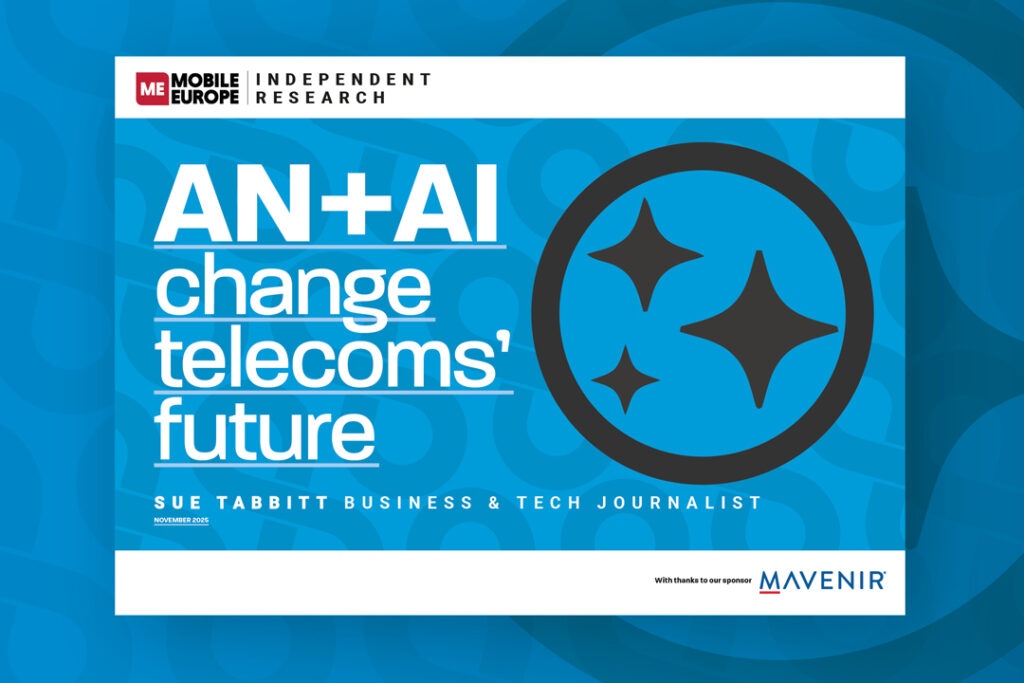Hires Telcordia for consolidation; Ontology for single view
Operating companies in the Telenor group are demonstrating the pressing need for operators to get a grip on diverse operating systems, and consolidate their back office software and functions.
Telenor Norway is consolidating diverse inventory and resource management systems onto a single next-gen platform from Telcordia. In Denmark, Telenor is using Ontology Systems to provide a single view, across nine different OSS, of the impact network changes will have on the customer and services.
This need is also generating an opportunity for companies in the OSS space, as well as attracting attention from the network equipment vendors themselves, all of whom have stepped up their services support capabilities.
For Telcordia’s Ray Bariso, the contract to provide operational support systems for Telenor’s next generation network is proof that the company can “continue to compete and win on the global wireless stage”.
Telcordia is providing inventory and resource management software to Telenor as the operator continues to upgrade its 2G and 3G, and deploy 4G, networks using equipment from Starent and Huawei.
Bariso, who is Executive Director, Operations Solutions, Telcordia, said that Telcordia’s OSS would provide the basis for Telenor to drive increased operational efficiency throughout their business.
“Operators need to address the operating expense gap they have and the only way to do that is to address their operational efficiency. On the back end that starts by having a core of service and resource inventory that all their other components rely on.
Bariso said that Telcordia’s systems would replace a “varied set” of inventory systems that the operator had built up over time. Telcordia is an existing supplier to the operator in its Application Server Platform and service delivery, but this is a new customer for Telcordia on the OSS side.
Bariso said he hoped to see the operator work with Telcordia on a Group basis, not just in Norway. He added that the move to upgrade networks, both in existing 2G and 3G networks as well 4G, was providing an impetus for operators to generate greater efficiencies in their OSS. This is accentuated by the need for greater efficiency as operators grapple with the data revenue gap.
The challenges facing operators around OSS can be seen by another recent announcement from Telenor – this time Telenor Denmark – that it has chosen Ontology Systems’ OSS/CAD to dynamically join and present customer, service, network and infrastructure data from nine existing OSS and Network systems.
The resulting service view is intended to provide Telenor Denmark with better control and understanding of Network Change Management.
Telenor Denmark operates complex, interdependent transmission, mobile and IP networks on which Telenor carries out frequent and regular network equipment maintenance. Before any maintenance activities can be performed Telenor needs to understand the potential customer impact associated with physical or logical changes. Prior to implementing OSS/CAD, a large team of planning and customer service staff analysed each change by interrogating multiple interfaces across nine NMSs, CRM and other OSS systems to understand which customer services would be affected by the changes before notifying the customer of the planned maintenance. In some cases, this process could take over a week to complete.



